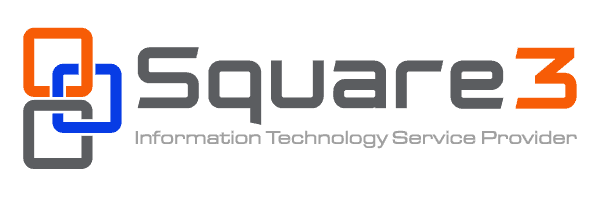3 reasons you need a disaster recovery plan
Accidents happen. Disasters strike. It’s not a matter of if, but a matter of when.
In the event of a natural disaster, malicious cyber attack, or hardware failure, would your business be able to continue its most vital operations? Would your employees be able to access critical data? How long would it take you to recover?
These questions shouldn’t be taken lightly. Reports suggest that 40 percent of businesses that endure a disaster don’t survive.
The good news is, while you can’t always prevent a catastrophe, you can devise a disaster recovery plan. In this article, we’ll discuss three reasons why your business should invest in this essential document. But first, let’s take a look at what a disaster recovery plan is.
What is a disaster recovery plan?
Put simply, a disaster recovery plan is a comprehensive overview of what you and your employees can do in the event of a disaster to protect critical data and continue vital operations.
Disaster recovery plans outline how vital support systems – such as communications and hardware – will be restored. As well as detailing how to ensure your IT assets are back up and running as soon as possible, your recovery plan should answer the following:
- What should your employees prioritize?
- Should employees work from home, or is there a second office they can work from?
- How long should it take before IT assets are returned to normal?
As a final note, your disaster recovery plan does not replace your business continuity plan. Instead, it’s a subset of this broader plan of action.
3 reasons your business needs a disaster recovery plan
While there is no one-size-fits-all disaster recovery plan (your IT services provider can help you design a plan that meets your specific needs), there are some critical areas all businesses should address.
Let’s take a look at three key reasons your business needs a disaster recovery plan.
1. Natural disasters
Weather is uncontrollable and unpredictable. Storms, floods, hurricanes, and fires can strike, and when they do, they have the sheer power to cause permanent damage to your business.
Without a disaster recovery plan, you and your employees may not know the best way to resume operations. When everything’s down, it can be extremely difficult to know what, exactly, to prioritize. And, as we mentioned above, almost half of businesses that fall victim to a disaster don’t recover.
2. Cybercrimes
Cybercrimes are on the rise, and it’s often small- and medium-sized businesses that are targeted. A ransomware attack could take your data hostage, a nasty virus could render your hardware unusable, and a security breach could put you, your employees, and your clients at risk of identity theft.
‘Data breaches are “more devastating” and detrimental to small- and medium-sized businesses (SMBs) in the United States (U.S.) than natural disasters – fire, floods and transit strikes – combined.’ – Forbes
A disaster recovery plan should outline the steps to follow in the event of a cyber attack. The goal is to ensure your data is safe, yet still accessible.
3. Hardware failure
Whether caused by a power surge or freak accident, if your hardware goes under, it could take all of your data with it. Alongside a robust, fool-proof backup strategy and network monitoring, it’s important to address hardware failure in your disaster recovery plan.
For example, implementing cloud-based or off-site data storage is an excellent protective measure, especially against natural disasters. It’s unlikely that both your in-house server and your off-site server will be struck simultaneously, meaning you will still be able to access your data in the event of a catastrophe.









